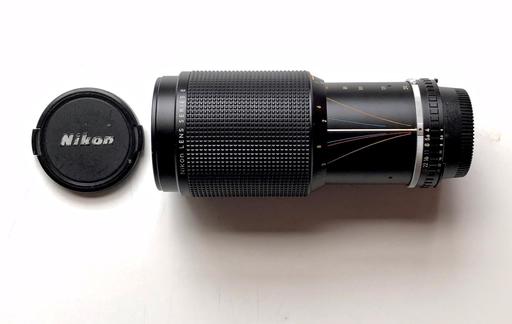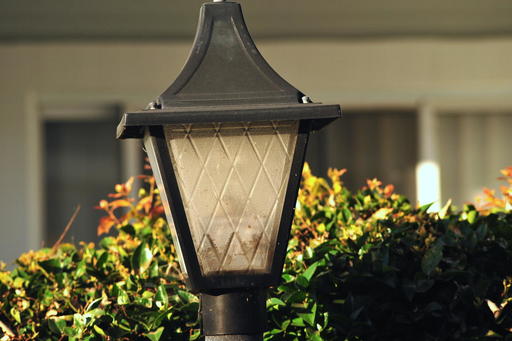I test a lot of lenses as part of my work running the TheFilmCameraShop. Many of the optics that I sell are purchased to adapt to mirrorless cameras, as well as mounted on their originally-intended film bodies. And the one thing I've learned is that you actually have to take pictures with a lens to determine its usefulness. Don't be fooled by minor front glass imperfections.
Case in point: I recently got my hands on a Nikon Series E 70-210mm f/4 manual focus zoom. I had read that the 70-210 was one of the sharpest members of the Series E family. Unfortunately, there was a ring of light haze/fungus beneath the front objective. And there were some additional light hazing around the edges as well.
Typically, this isn't an optic that I can sell in the shop. Most photographers run for the exit as soon as they hear the terms "fungus" or "haze." So this looked like an optic for my personal use.
The good news was that the back of the lens was pristine. My experience has been that the integrity of the back glass is more important than the front optics when it comes to image quality.
So, I mounted the zoom on my Nikon D700 that I use for testing glass. Here's an image from that series of test shots.
The pictures look terrific - great sharpness, good color, and no weirdness that I could detect. I also have some film images at the lab captured with a Nikon FM that I anticipate will shine as well.
My point is this: Adapting vintage glass to mirrorless cameras is a blast. And you can get some great deals, especially if there's some light fungus in the front. As long as the back elements are clean, I wouldn't let a little dust or discoloration deter me. Take the big discount, and go have fun.
You can share your thoughts at the TDS Facebook page, where I'll post this story for discussion.
© 2025 Story Photography |













